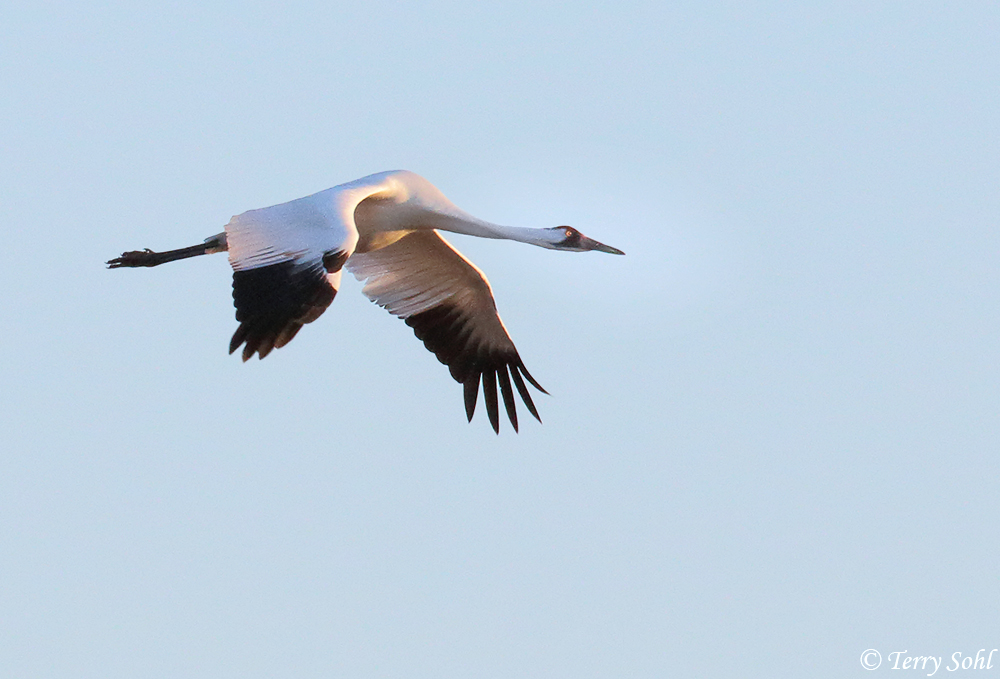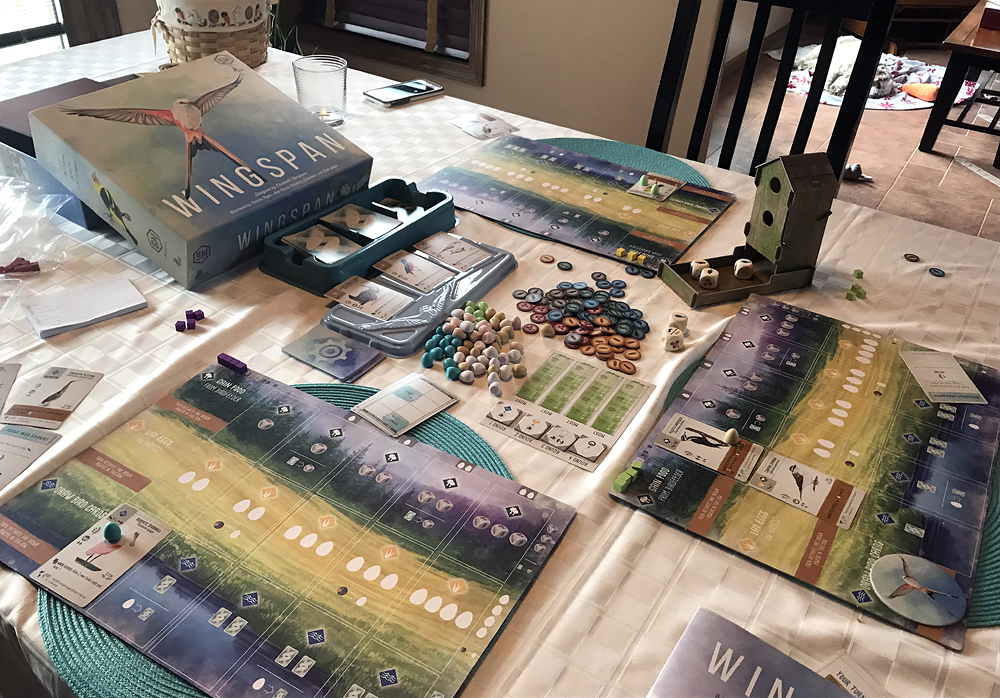
South Dakota’s favorite bird…an introduced game bird that does have an economic impact in the state. but are predator control programs like Kristi Noem’s actually beneficial to pheasant populations? Or, in fact, is it likely to WORSEN the situation? For the scads of hunters and others who evidently have found my blog…read this post. Don’t take my word for it regarding this misguided predator control program. Take the word of Sportsmen’s groups…of outdoor magazines…of conservation groups…of the SCIENCE behind bird populations, predators, and habitat. If you truly want to save your resource and stop playing political games because you’re “liberal” or “conservative”…follow the FACTS. Then petition Noem to stop this nonsense and instead focus on habitat conservation efforts.
Wow. Traffic on my blog literally shot up ten-fold since I posted about the idiocy of Kristi Noem’s predator control program in South Dakota. And with that traffic of course comes the haters, with direct emails to me, and attempted blog replies that offered nothing more than name calling. Not surprisingly, most were from hunters. If you can get past the four-letter words and try to make some sense of some of the emails I’ve had, the general thought is that killing skunks, opossums, red fox, and raccoons is very helpful for Ring-necked Pheasant populations. And thus, these hunters are all for Noem’s little misguided foray into “conservation”.
Let’s look at the facts. Do you like to hunt Ring-necked Pheasants? Chances are you support groups like Pheasants Forever? Here’s what Pheasants Forever has to say about predator control programs:
Stating an investment in increased habitat is FAR more effective than predator control in improving pheasant populations, they state:
Less-expensive methods to improve game bird populations and nesting success exist. Experts have focused on the amount of habitat (composition of the landscape) and the arrangement (configuration) that increase nesting success by reducing the effectiveness of predators. Well-designed habitat projects can reduce predation by up to 80 percent.
Regarding predator control, they state it’s ineffective at helping broad-scale pheasant populations…and in fact, it may INCREASE interactions among predators and pheasants:
It is important to understand that sustained trapping efforts tend to stimulate reproduction by predators (compensating for artificially low densities) and create populations with proportionately more juveniles that wander more across the landscape thereby increasing the chances of encountering pheasants.
Overall, here’s their summary statement on predator control, and where money SHOULD be spent…on habitat restoration:
While predator removal and exclusion methods can increase nesting success on small areas, these methods are too expensive for use on a landscape basis and do not significantly increase the number of nesting birds over the long term. Through the addition and management of habitat, we not only decrease the impact predators have on existing nests, but also increase the number of nests and population size in an area. Predators will continue to eat pheasants and their nests, but weather and habitat conditions will drive population fluctuations.
What’s laughable about Noem’s program is that she ignored the advice of her own people, and ignored past research in South Dakota that has focused on Ring-necked Pheasant populations. Former Governor Daugaard held a “Pheasant Habitat Summit” in 2013 and followed up by commissioning a “Governor’s Pheasant Habitat Work Group”. You know…actually investing in RESEARCH and DISCUSSION before unilaterally making a bad decision to start a predator control program. Land owners, hunters, and government personnel participated. Regarding predator control, the working group found that “When suitable habitat is available and weather conditions warrant, pheasant populations flourish without direct predator control“. Even when a misguided bounty program like Noem’s is established, they found “Bounty systems in other states have been ineffective because the origin of the predators cannot be verified”.
More information from sportsmen’s groups. Midwest Outdoors published a piece on the “5 widespread myths about pheasant and quail populations“. One of those 5 myths is shown below:
Myth: Predators are the main reason there are fewer pheasants and quail.
Busted: Yes, coyotes and fox will eat pheasants and quail, and raccoons and skunks are likely culprits when it comes to raided nests. But predators don’t eat habitat, which is far and away the biggest reason why pheasant populations decline. High annual losses to predators should not be misunderstood to mean that predation is responsible for long-term upland population declines. Landscapes with good habitat often have high numbers of pheasant numbers, as well as high numbers of many potential predators.
The impact of predators is magnified and often pinpointed as the primary problem after habitat conditions deteriorate. Confine pheasants and quail to smaller and smaller parcels of habitat, and a predator’s job gets a whole lot easier. Thankfully, well-designed habitat projects can reduce predation by up to 80 percent. Through the addition and management of habitat, not only does there tend to be a decrease in the impact predators make on existing nests, but more habitat is likely to increase the number of nests and the overall gamebird population. And habitat for pheasants and quail comes at a fraction of the cost of other intensive predator reduction methods that are cost-prohibitive across a large area.
Just like Pheasants Forever, they note it’s HABITAT that’s the key, and if you have adequate, well designed habitat, that alone decreases nest predation by predators. And just like Pheasants Forever, they note it’s a FAR bigger “bang for the buck” in using conservation dollars to promote pheasant populations.
Another sportsmen/hunting group, Quail Forever, states the following (hint…it ‘s similar to statements from all the other groups:
Bottom line: Through the addition and management of habitat, we not only decrease the impact predators have on existing nests, but also increase the number of nests and population size in the area. This management comes at a fraction of the cost of other predator reduction methods.
MORE HABITAT, LESS PREDATION, BEST OUTCOME
Less-expensive methods to improve game bird populations and nesting success exist. Experts have focused on the amount of habitat (composition of the landscape) and the arrangement (configuration) that increase nesting success by reducing the effectiveness of predators. Well-designed habitat projects can reduce predation by up to 80 percent.
Programs such as Noem’s may actually do more HARM than good for Pheasant populations. For example, red fox are noted as the most effective predators on Ring-necked Pheasants, by our own Game Fish and Parks. But red fox populations are quite low in South Dakota, as they simply cannot compete with Coyotes. There’s a direct, inverse relationship between high coyote densities and red fox densities. As this story notes, hunters wrongly blame coyotes for predation on Ring-necked Pheasants, but our own Game Fish & Parks notes Coyotes have a minimal impact on Ring-necked Pheasant populations. Human intervention in removing predators results in unpredictable impacts on other wildlife, and ironically, hunters calling for removal of Coyote should note that would likely HARM Ring-necked Pheasant populations, as Coyotes not only help keep Red Fox populations low, but also help control other small mammalian predators on Ring-necked Pheasant nests. This isn’t just one isolated case of an unintended consequence of predator control programs. Some other studies note that predator control programs focused on creatures like red fox simply create more of an ecological niche that other predators come in and fill, such as feral cats.
The one common thread from our own GFP…from Pheasants Forever…from Quail Forever…from all groups associated with conservation and wildlife management…NOTHING has anything close to the impact on Ring-necked Pheasant populations as 1) habitat, and 2) climate. So what factors could contribute to any perceived decline of gamebirds in South Dakota. HABITAT LOSS. Starting in the mid-2000s, the eastern Dakotas have seen an expansion in cropland that literally rivals rates of deforestation in the tropical rain forests. Here are multiple studies that have quantified recent grassland loss in the Dakotas:
- Wright and Wimberly (2013) found a net loss of 1.3 million acres of grassland that resulted from conversion to corn or soybeans in five states comprising the western Corn Belt over the five years from 2006 to 2011.
- Johnston (2014) also used the CDL to analyze land cover trends across the eastern Dakotas and found that corn and soy agriculture expanded by 27% (3.8 million ha) during the two years from 2010 to 2012.
- Reitsma et al. (2015) reported a net grassland loss of 4.6 million acres resulting from cropland expansion in the state of South Dakota over the six years from 2006 to 2012.
I’m a scientist. I look at evidence. I look at FACTS. The FACTS couldn’t be clearer.
- Predators aren’t driving any broad-scale decline in gamebirds such as pheasants.
- Habitat loss is far and away the biggest concern for gamebirds (and other wildlife) in the Dakotas
- Predator control problems are expensive and ineffective, with a miniscule impact compared to dollar-for-dollar habitat conservation efforts.
I’ll end with one more driving factor for the long term…climate change. As noted above, conservation and management groups all noted TWO factors that had the biggest impact on gamebird populations..habitat, and weather/climate. The climate is changing…whether you “believe” in it or not. What are the potential impacts on gamebird populations in South Dakota? Let’s look at Sharp-tailed Grouse populations in the state. They are found from the southern to northern border in South Dakota, in much of the western half to two-thirds of the state. They are found as far south as the Platte River in Nebraska. What about the future?
Using projected changes in both land use (habitat loss) and projected changes in climate, this (wonderful!!!) study found that your grandchildren aren’t going to be hunting Sharp-tailed Grouse. Not in South Dakota anyway. The top map below shows the “current” distribution of Sharp-tailed Grouse. The areas in red in the bottom three maps? Those all show areas where Sharp-tailed Grouse will be severely impacted by climate and land use change…with a bulls-eye right on South Dakota and northern Nebraska. Three climate scenarios are shown, with “A2” being the most severe scenario, and “B1” being the least severe. REGARDLESS of scenario, this research shows that SHARP-TAILED GROUSE WILL BE EXTIRPATED FROM THE SOUTHERN TWO-THIRDS OF SOUTH DAKOTA BY 2075.
 So please, sportsmen…if you want to preserve your resource, do ALL of us some good. Predator control? NOBODY (other than our rather clueless governor) believe it’s an effective long-term solution. You want a big bang-for-the-buck? Petition Noem’s office for habitat conservation and preservation programs. Contribute to groups that foster habitat protection. That’s a “win” for all concerned, as it not only benefits Ring-necked Pheasants and reduces predation, but it helps non-game species as well.
So please, sportsmen…if you want to preserve your resource, do ALL of us some good. Predator control? NOBODY (other than our rather clueless governor) believe it’s an effective long-term solution. You want a big bang-for-the-buck? Petition Noem’s office for habitat conservation and preservation programs. Contribute to groups that foster habitat protection. That’s a “win” for all concerned, as it not only benefits Ring-necked Pheasants and reduces predation, but it helps non-game species as well.
And if you’re like me and have a son…and if you worry about his future…play the long game as well, and start paying attention to the long-term devastation climate change is going to have in the state.

A young Ring-necked Pheasant hanging out on a fence post. Do you want to preserve these birds, and also end up helping ALL wildlife in the state? Stop supporting this ridiculous predator control effort, and focus the state’s attention on habitat conservation.
Like this:
Like Loading...
































